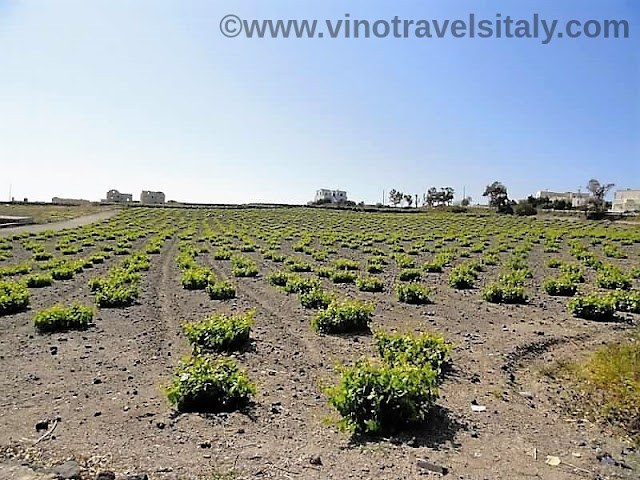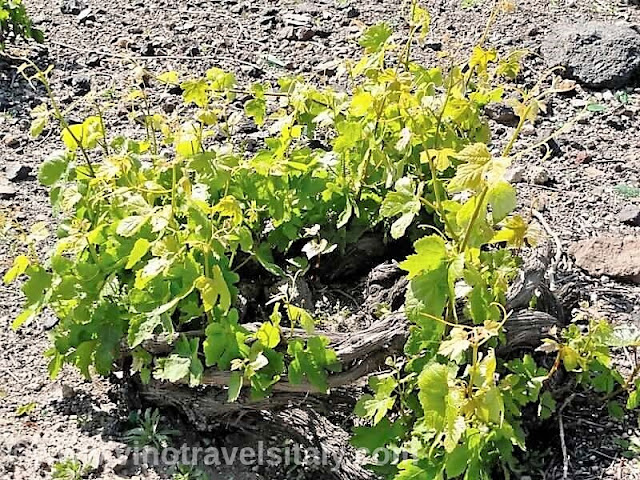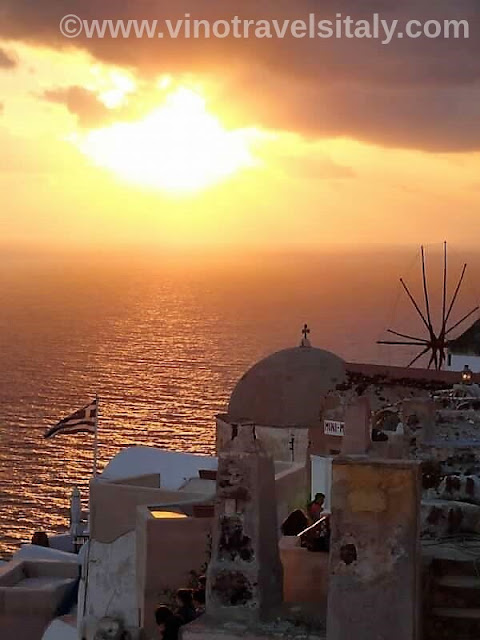Welcome everyone to 2021! It’s the first blog of the year and I think it’s best to start the year with some optimism. Everyone in some shape or form had a challenging 2020. We can only look forward and hope for the best. What better way to start to start the year than with our Italian Food, Wine and Travel group (#ItalianFWT) focusing on favorite Italian reds and whites.
I know for winelovers it’s hard to just pick one favorite so this will be a challenge for many. With Italy having so many indigenous varietals grown throughout the country where do you even start. I know personally I have many favorites both reds and whites and if you’re a follower of my blog you already may have an idea of my selection. Any takers?
On January 2nd our Italian Food, Wine & Travel group of writers will be covering their personal favorite Italian red or whites wines from all over Italy along with some food pairing suggestions. We invite you to chat with us live on Twitter that morning at 11am EST at #ItalianFWT. If you’d like to join our group in writing a blog in reference to this month’s theme please email me directly at vinotravels at hotmail dot com. Hope to see you all there!
Here is a preview of what is to come on January 2nd.
Wendy at A Day in the Life on the Farm will be featuring “A Lovely Bottle of Taurasi paired with a Delicious Meal of Beef Tips Marsala”
Robin at Crushed Grape Chronicles serves up “Bacon and Butternut Pasta with a Langhe DOC Nebbiolo”
Susannah at Avvinare will be “Taking a Closer Look at Vernaccia di San Gimignano”
Camilla at the Culinary Adventures with Camilla will be “Capping off the Old Year with Cappelleti in Brodo + G.D. Vajra Barolo Albe 2016”
Lynn at Savor the Harvest will showcase how “Lagrein Reigns in Alto Adige”
Terri at Our Good Life is cooking up “An Italian favorite: Chianti Classico with Baked Salmon and Stuffed Mushroom Caps”
Linda at My Full Wine Glass will talk about “What if you could blend your own Pinot Grigio?”
Li at The Wining Hour will be “Keeping it Fresh and Fun with Fiano”
Cindy at Grape Experiences will bring us on "A Return to Piemonte with Marenco Scrapona Moscato d’Asti 2019 and Bagna Cauda"
Gwendolyn at Wine Predator will be "Going with Lugana"
Katarina at Grapevine Adventures "3 Wines to Get 2021 off on the Right Foot"
I’ll be hosting at Vino Travels “Starting the New Year off Right with Chianti Classico”
















